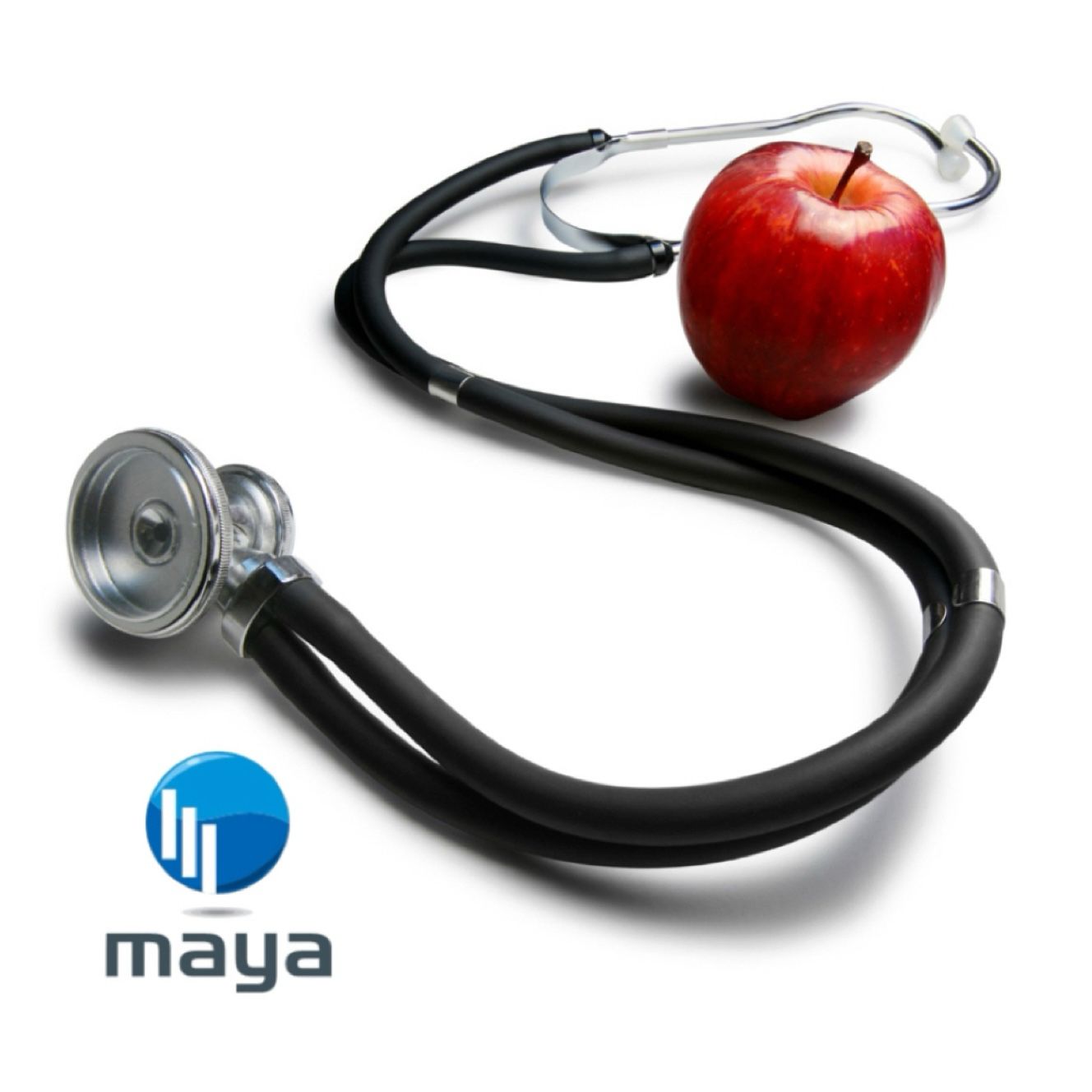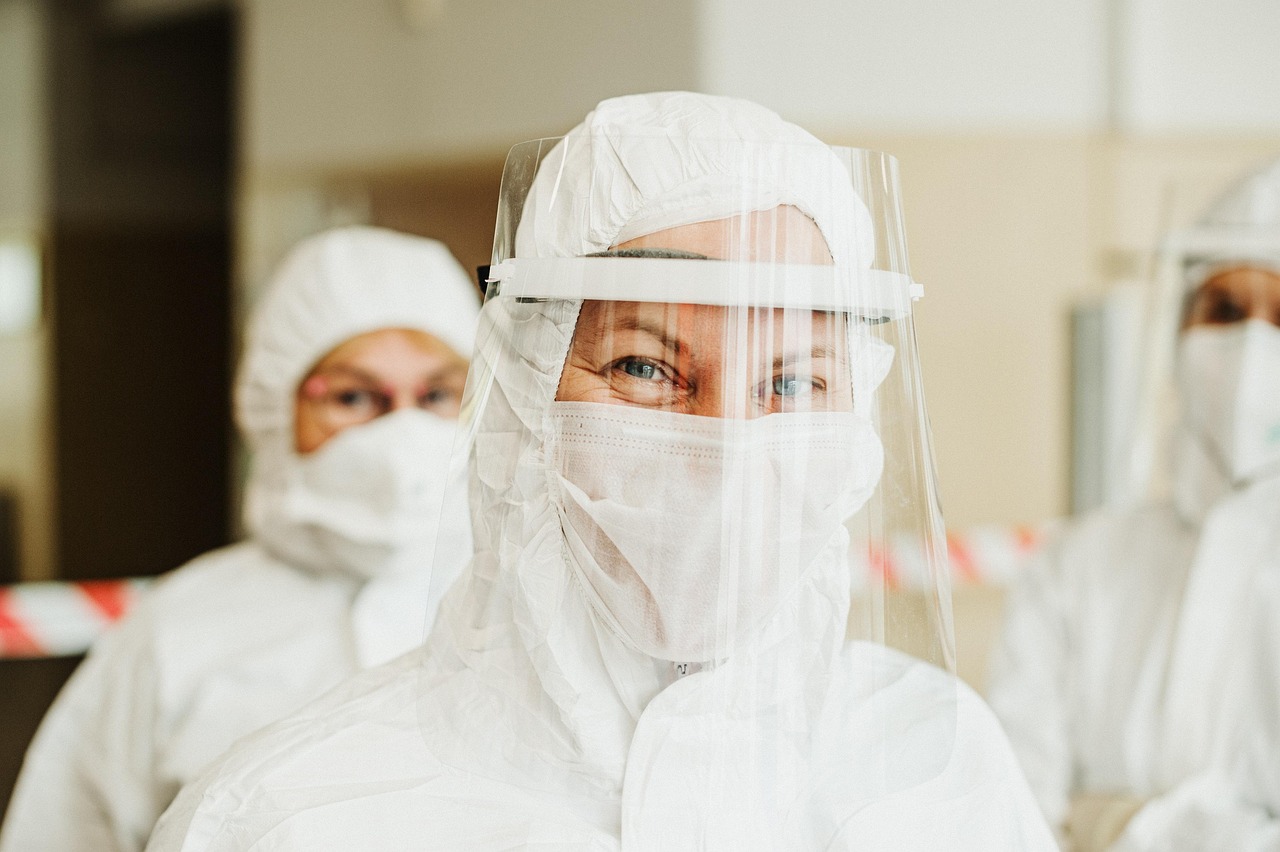Preparing for Pandemic
The YouTube transcript, originating from the "MedCram - Medical Lectures Explained CLEARLY" channel, discusses the concept of "Disease X," a placeholder term for the next potential global pandemic, which experts fear could be significantly more severe than COVID-19.
The discussion focuses on the ongoing efforts by organizations like the WHO and researchers to build preparedness, including developing vaccines rapidly and preventing the collapse of national healthcare infrastructure. However, the main emphasis of the video is on individual readiness through methods that do not rely on potentially compromised supply chains, advocating for non-pharmaceutical interventions such as sunlight exposure and hydrotherapy to naturally boost the body's innate immune system against various pathogens.
The speaker argues that these methods, historically utilized before the rise of modern medicine, offer a resilient backup plan against future health crises, alongside other wellness strategies like nutrition and sleep.
How can individuals prepare for future pandemics given probable healthcare infrastructure collapse?
The challenge of preparing for future pandemics, particularly when anticipating a probable collapse or overwhelming of healthcare infrastructure, necessitates focusing on individual and community resilience measures that are independent of traditional medical supply chains and services.
The COVID-19 pandemic highlighted that hospitals can become overwhelmed, leading to shortages of staff and products, and may even become zones for drug-resistant organisms, potentially turning them into "ghost towns" that people avoid out of fear.
Individual preparation should focus on three main areas: foundational public health practices, utilizing decentralized technology for guidance, and adopting non-supply chain dependent health strategies.
Foundational Public Health and Hygiene Practices
Adopting and maintaining robust hygiene and infection prevention measures are crucial, as they form the basic infrastructure needed to prevent infections, thereby reducing the demand for medical resources.
- Hand Hygiene: Washing hands with plain soap and water is described as one of the most effective ways to prevent the spread of germs. If soap and water are unavailable, alcohol-based hand sanitizer can be used. This practice is key to preventing the spread of pathogens, including antibiotic-resistant organisms, which are often spread on the hands of healthcare providers.
- Infection Control at Home and in Public: Individuals should adhere to basic infection prevention and control guidelines. This includes cleaning and disinfection of the environment, following protocols for hand hygiene, and using antimicrobials (such as antifungals) only when needed and exactly as prescribed.
- Infection Prevention Beyond Personal Hygiene:
◦ Practices from the pre-antibiotic era, when antibiotics were unavailable, should be re-evaluated and adapted.
◦ Controlling Environmental Pathogens: Individuals can adopt conventional practices like keeping street footwear outside the primary dwelling, and washing hands and feet before entering a house.
◦ Space-Specific Clothing: Strengthening the practice of changing into dedicated space-specific clothing (akin to a surgeon’s ‘gowns’ and ‘footwear’) when moving between home and outside may help prevent pathogen spread.
- Vector Control: Mitigating health risks related to antimicrobial resistance (AMR) transmission via household insects and rodents should include regular cleaning, limiting insects from entering the household (e.g., screens on windows), and appropriate disposal of pet droppings.
1. Respiratory and Social Measures (Non-Pharmaceutical Interventions or NPIs):
- Wearing Masks: Carry and wear masks, especially in crowded places like public transport vehicles and passenger terminals, where the risk of human infection is high.
- Physical Distancing: Maintaining a safe distance from others (e.g., over 1 meter or six feet) during travel, ticketing, and check-in helps minimize droplet transmission.
2. Non-Supply Chain Dependent Health Strategies
- To "hedge against when these things start to fall" and provide a backup plan for when standard medical resources are unavailable, individuals can utilize strategies that are widely available and inexpensive.
- Sunlight and Fresh Air: Exposure to sunlight and fresh air (around green trees and leaves) was shown to improve patient health and strongly protect against influenza. These measures are not dependent on a supply chain, diagnosis, test, or pharmacist dispensing them, and cannot be hoarded.
- Diet and Exercise: A whole-grain, plant-based diet was associated with reduced inflammation and up to four times lower chances of severe COVID-19. Moderately ranged exercise can improve inflammation and reduce the incidence of upper respiratory diseases.
- Sleep: Prioritizing sleep (7 to 8 hours per night) is beneficial, especially for antibody responses.
- Hydrotherapy: Historically, hydrotherapy was used during pandemics (like the 1918 Spanish Flu) and is a non-supply chain dependent strategy, although it requires access to hot water and towels.
3. Utilising Decentralised Digital Tools
When medical systems are overwhelmed or doctors are unreachable—a likely scenario in a collapse—AI-driven triage tools can serve as a vital medical safety net for individuals.
- Decentralized Triage and Guidance: Tools like the Dr. Maya GPT app can help individuals assess their symptoms accurately and instantly.
- Preventing Spread and Conserving Resources: Such systems provide guidance on whether symptoms require urgent clinical attention or if the ailment is likely to resolve on its own, thereby reducing unnecessary hospital visits. This action reduces transmission and protects individuals from hospital-acquired infections, including antimicrobial resistance (AMR).
- Early Detection: These tools can help identify red flags for severe conditions like sepsis or respiratory distress, advising people to seek emergency care immediately before it is too late.
- Isolation Guidance: They can also advise isolation immediately upon detection of possible transmittable health problems (e.g., fever and fatigue) to secure relatives and prevent community outbreaks.
4. Community and Traditional Isolation Measures
Individuals can apply traditional practices of isolation and physical separation, which historically were crucial for disease containment in the absence of modern medicine.
- Restricted Contact: Historically, avoiding or quarantining suspected pathogen carriers was widely used. While difficult in modern society, practicing distance and restricted interaction with newcomers or travelers could limit the spread of new pathogens.
- Quarantine-Mourning: The traditional practice of "quarantine-mourning"—where immediate family members stay home for several days (3 to 12 days)—can function as an isolation strategy, allowing time for a host's protective immune response to eliminate any acquired pathogen or for deadly communicable diseases to show up in an unprimed host, thus protecting the community
The prospect of a future pandemic coinciding with a probable collapse or overwhelming of healthcare infrastructure necessitates that individuals prioritize self-reliance, decentralized knowledge, and foundational public health measures. Since the crisis involves the risk that hospitals become overwhelmed, staff and products become scarce, and systems fail to cope with demand, preparation must focus on steps that are not dependent on supply chains, diagnoses, or professional dispensing.
This preparation can be broken down into three core pillars: adopting robust foundational hygiene and infection prevention, leveraging decentralized digital guidance, and utilizing non-supply chain dependent health boosters.

